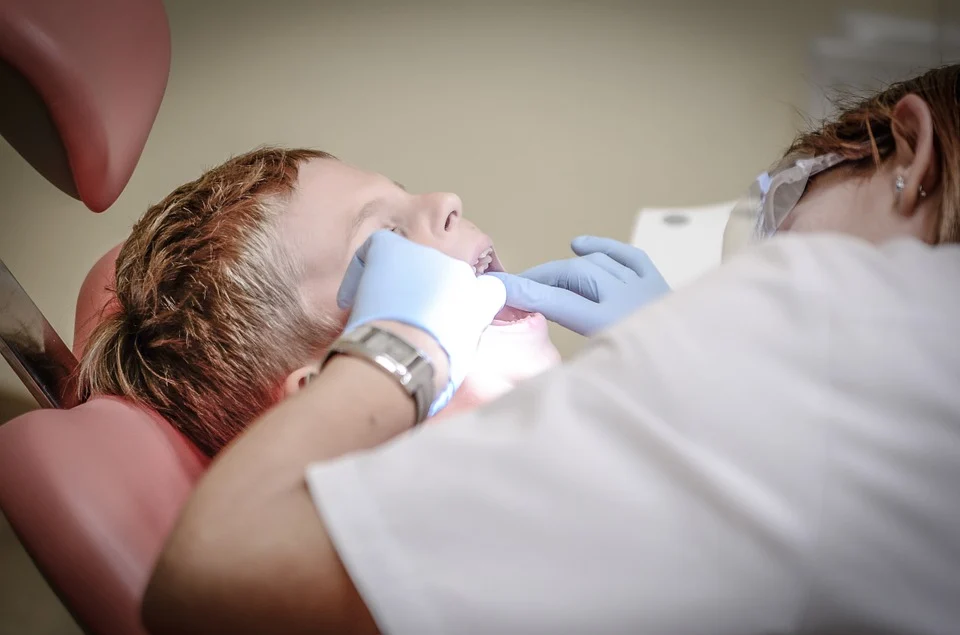What Is Dental Bonding?
Dental bonding is a cosmetic treatment that helps with minor oral damage. It typically fixes discolouration, fractures, and gaps between teeth. For this treatment, the dentist attaches composite resins to the patient’s teeth and shapes them in order to restore their original appearance. The resin’s colour matches the patient’s natural teeth colour so that it all looks natural.
Dental bonding is typically carried out in one visit to the dentist. The dentist will roughen the composite with UV light right after they’ve applied it to the teeth, which leads to the patient having teeth that are able to bite down in a comfortable manner at the end of the appointment. The procedure is non-invasive, as it simply hardens the tooth’s surface so that the resin bonds, therefore it doesn’t change the tooth’s structure.
Dental Bonding FAQs
Read some frequently asked questions regarding dental bonding and their answers below:
Q1: Does dental bonding look natural?
Yes, it does, as the bonding material and colour are made to match people’s natural teeth. No one will be able to tell you have bonded teeth.
Q2: How long does teeth bonding last?
You’ll need touch ups every three to 10 years.
Q3: Can tooth bonding be whitened?
Yes, it’s possible to have your teeth whitened after the bonding procedure.
Q4: Should you whiten your teeth before composite bonding?
It’s ideal to whiten natural teeth before the bonding treatment so that your teeth are at their whitest when the dentist matches their colour to the bonding resin.
Q5: How long does the procedure take?
A dental bonding procedure typically takes between 30 and 60 minutes per tooth. If you want to get more than one tooth bonded, you might have to make several appointments.
Q6: What can you not do after the treatment?
It’s best to avoid consuming tea, coffee, tobacco, red wine, and artificially coloured sweets after the procedure, as these may cause brown stains both on your natural teeth and on the bonded areas. While such foods and drinks won’t affect the bonding’s structure, they can ruin the appearance of your teeth, particularly the front ones.
Q7: How do dentists remove dental bonding?
There are four methods to remove dental bonding. Dentists apply light pressure and use high speed carbide drills to remove the bonding without damaging the enamel. This type of removal is fast, but it’ll leave streaks of material on your teeth. Cosmetic dentists use an abrasive and flexible sandpaper disc to reach the entire surface of your teeth. This method also polishes your teeth, leaving a smooth gloss on them.
The third method – air abrasion – is less common, as most dental clinics lack the technology. It requires a tool which streams small particles of aluminium oxide onto your teeth. The fourth and last method of bonding removal is the micro etcher, which is a sandblasting nozzle tool. This method isn’t used as often because it’s less efficient.
Q8: Do teeth look the same after dental bonding removal?
Your teeth will look the same for the most part, but they won’t be as bright. That’s because the teeth’s enamel is etched with acid before the procedure.

